
The Broadway Melody, also known as The Broadway Melody of 1929, is a 1929 American pre-Code musical film and the first sound film to win an Academy Award for Best Picture. It was one of the early musicals to feature a Technicolor sequence, which sparked the trend of color being used in a flurry of musicals that would hit the screens in 1929–1930.
This is a list of notable events in music that took place in the year 1936.
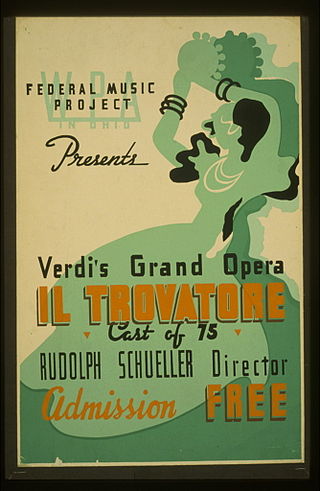
This is a list of notable events in music that took place in the year 1937.
This is a list of notable events in music that took place in the year 1935.

Buddy Ebsen, also known as Frank "Buddy" Ebsen, was an American actor and dancer. One of his most famous roles was as Jed Clampett in the CBS television sitcom The Beverly Hillbillies (1962–1971); afterwards he starred as the title character in the television detective drama Barnaby Jones (1973–1980).

Eleanor Torrey Powell was an American dancer and actress. Best remembered for her tap dance numbers in musical films in the 1930s and 1940s, she was one of Metro-Goldwyn-Mayer's top dancing stars during the Golden Age of Hollywood. Powell appeared in vaudeville, on Broadway, and most prominently, in a series of movie musical vehicles tailored especially to showcase her dance talents, including Born to Dance (1936), Broadway Melody of 1938 (1937), Rosalie (1937), and Broadway Melody of 1940 (1940). She retired from films in the mid-1940s but resurfaced for the occasional specialty dance scene in films such as Thousands Cheer. In the 1950s she hosted a Christian children's TV show and eventually headlined a successful nightclub act in Las Vegas. She died from cancer at 69. Powell is known as one of the most versatile and athletic female dancers of the Hollywood studio era.
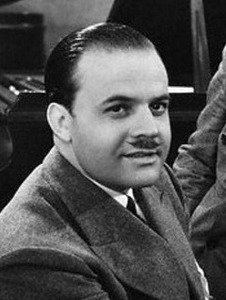
Ignacio Herbert "Nacio Herb" Brown was an American composer of popular songs, movie scores and Broadway theatre music in the 1920s through the early 1950s. Amongst his most enduring work is the score for the 1952 musical film Singin' in the Rain.
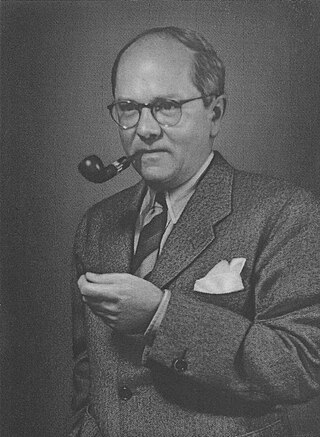
Richard Armstrong Whiting was an American composer of popular songs, including the standards "Hooray for Hollywood", "Ain't We Got Fun?" and "On the Good Ship Lollipop". He also wrote lyrics occasionally, and film scores most notably for the standard "She's Funny That Way".

That's Entertainment! is a 1974 American compilation film released by Metro-Goldwyn-Mayer to celebrate the studio's 50th anniversary. The success of the retrospective prompted a 1976 sequel, the related 1985 film That's Dancing!, and a third installment in 1994.
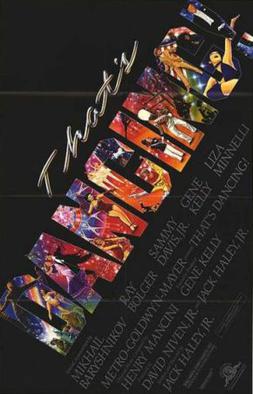
That's Dancing! is a 1985 American compilation film produced by Metro-Goldwyn-Mayer that looked back at the history of dancing in film. Unlike the That's Entertainment! series, this film not only focuses specifically on MGM films, but also included films from other studios.

Broadway Melody of 1938 is a 1937 American musical film produced by Metro-Goldwyn-Mayer and directed by Roy Del Ruth. The film is essentially a backstage musical revue, featuring high-budget sets and cinematography in the MGM musical tradition. The film stars Eleanor Powell and Robert Taylor and features Buddy Ebsen, George Murphy, Judy Garland, Sophie Tucker, Raymond Walburn, Robert Benchley and Binnie Barnes.
"We're Off to See the Wizard" is one of the classic songs from the Academy Award-winning 1939 film The Wizard of Oz. Composer Harold Arlen described it, along with "The Merry Old Land of Oz" and "Ding-Dong! The Witch Is Dead", as one of the "lemon drop" songs of the film. The lyrics are by E.Y. "Yip" Harburg.

That's Entertainment, Part II is a 1976 American compilation film released by Metro-Goldwyn-Mayer and a sequel to That's Entertainment! (1974). Like the previous film, That's Entertainment, Part II was a retrospective of famous films released by MGM from the 1930s to the 1950s. Some posters for the film use Part 2 rather than Part II in the title.

Born to Dance is a 1936 American musical film directed by Roy Del Ruth and starring Eleanor Powell, James Stewart and Virginia Bruce. It was produced and distributed by Metro-Goldwyn-Mayer. The score was composed by Cole Porter.
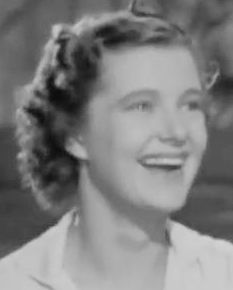
Vilma Ebsen was an American musical theatre and film actress best known for dancing in Broadway shows and Metro-Goldwyn-Mayer musicals in the 1930s with her brother Buddy Ebsen.
John Cummings was an American film producer and director. He was best known for being a leading producer at Metro-Goldwyn-Mayer.
"(You'd Be So) Easy to Love" is a popular song written by Cole Porter for William Gaxton to sing in the 1934 Broadway show Anything Goes. However Gaxton was unhappy about its wide vocal range and it was cut from the musical. Porter re-wrote it for the 1936 film Born to Dance, where it was introduced by Eleanor Powell, James Stewart, and Frances Langford under its alternate title, "Easy to Love". The song was later added to the 1987 and 2011 revivals of Anything Goes under the complete title "You’d Be So Easy to Love".
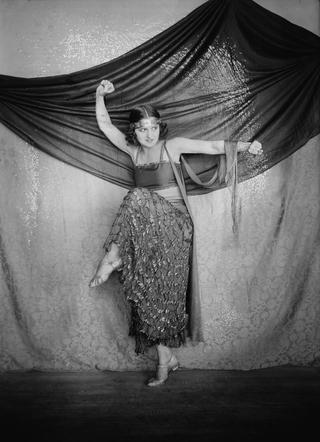
Albertina Rasch was an Austrian-American dancer, company director, and choreographer.
Lord Byron of Broadway (1930), also known as What Price Melody?, is an American Pre-Code musical drama film, directed by Harry Beaumont and William Nigh. It was based on a best selling book by Nell Martin, which "was widely praised by critics as an extremely true and amusing romance of stage life." It was filmed in black and white with two-color Technicolor sequences.
Nick Long Jr. was an American actor and dancer. During silent film era, Nick Long Jr. appeared as a child actor in films. As a dancer, he appeared primarily in revue films. He was also a very active actor in Broadway revues and out of Broadway. His most famous acting part was of Basil Newcombe in the film, Broadway Melody of 1936.













